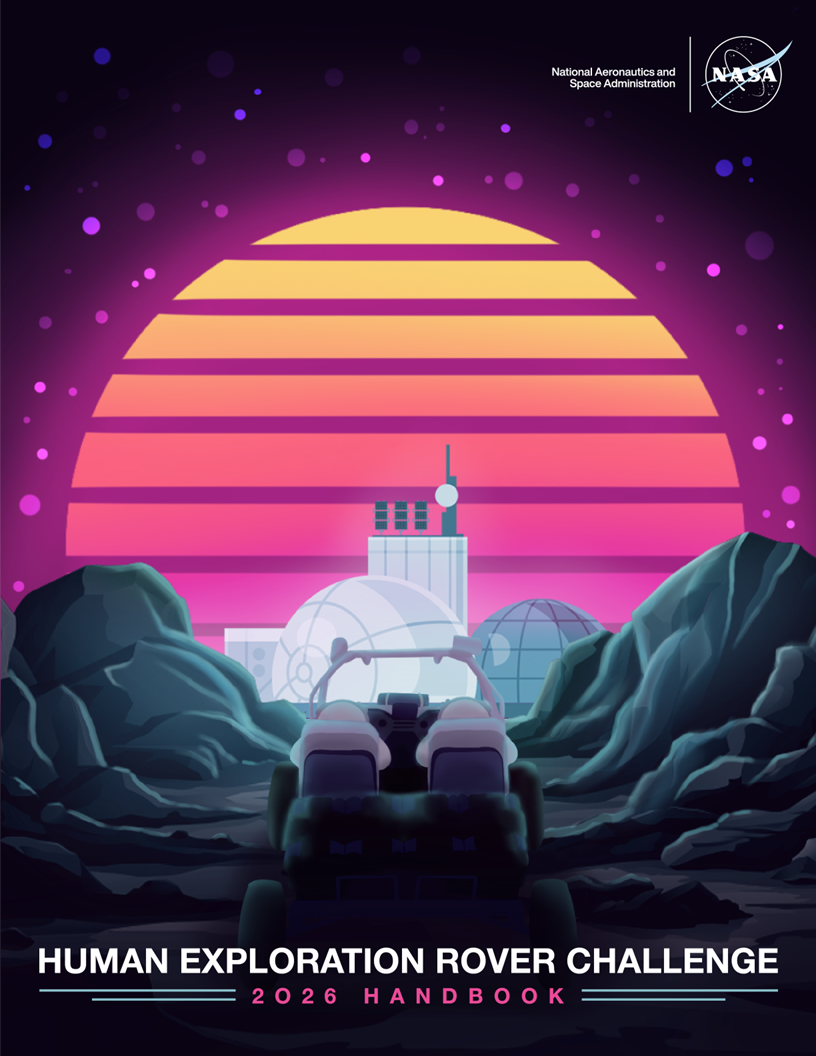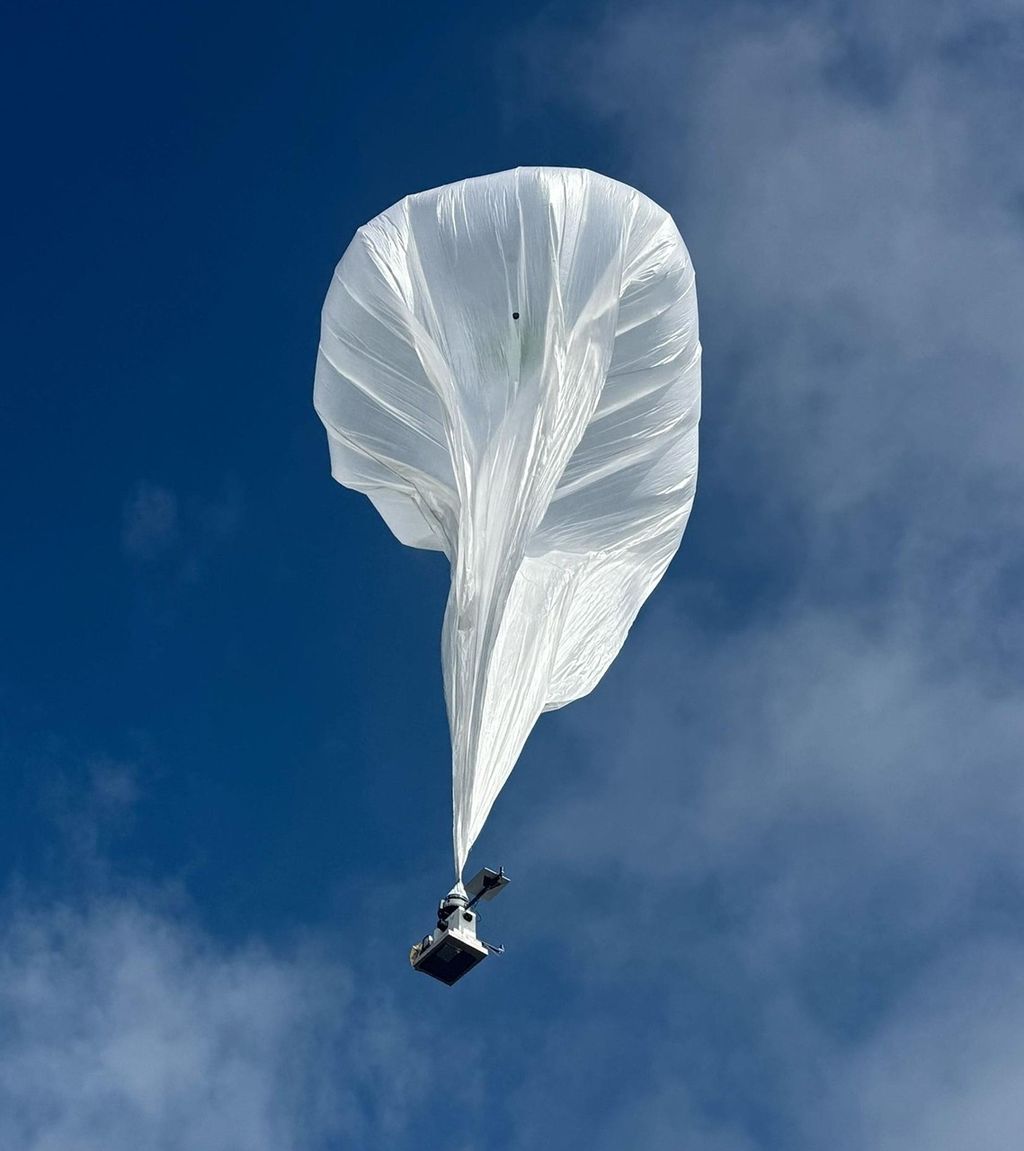1 min read
Heart of the Tarantula Nebula

Several million young stars reside in a nearby region of frenzied star birth known as 30 Doradus. Located 170,000 light-years away in the heart of the Tarantula Nebula, 30 Doradus is part of the Large Magellanic Cloud, a small, satellite galaxy of our Milky Way. It is the brightest star-forming region visible in a neighboring galaxy, and it is home to the most massive stars ever seen. No known star-forming region inside the Milky Way Galaxy is as large or as prolific as 30 Doradus.
The intense star birth in 30 Doradus may be fueled partly by its close proximity to the Small Magellanic Cloud, a companion to its host galaxy. 30 Doradus churns out stars at a furious pace over millions of years. The Hubble image reveals the stages of star birth, from embryonic stars a few thousand years old and still wrapped in cocoons of dark gas, to behemoths that die young in supernova explosions.
Hubble observations show star clusters of various ages, from about 2 million to 25 million years old. Collectively, the stars comprise a bulk material millions of times the mass of the Sun. 30 Doradus contains one of the most rapidly rotating stars and the fastest moving stars ever observed.
The region's sparkling centerpiece is a giant, young star cluster named NGC 2070, only 2 million to 3 million years old. Its stellar inhabitants number roughly 500,000. The cluster is a hotbed for young, massive stars. Its dense core, known as R136, is packed with several dozen of the most massive stars known, each about 100 times the mass of the Sun and about 10 times as hot. The cluster also harbors many thousands of smaller stars. For many years, it defied analysis from ground-based observations because of the facilities' inadequate resolution. It was once even suggested to be a single "superstar," about 3,000 times the mass of the Sun, until high-resolution images showed that it was actually many smaller stars.
The massive stars are carving deep cavities in the surrounding material by unleashing a torrent of ultraviolet light. This light is winnowing away the enveloping hydrogen gas cloud in which the stars were born. The Hubble image reveals a fantastic landscape of pillars, ridges, and valleys. Besides sculpting the gaseous terrain, the brilliant stars may be triggering a successive generation of offspring. When the ultraviolet radiation hits dense walls of gas, it creates shocks, which may generate a new wave of star birth.
30 Doradus is a "Rosetta Stone" for understanding regions of intense star formation. Many small galaxies exhibit more spectacular star birth, but 30 Doradus is near enough to Earth for its stellar contents and nebular structures to be studied in detail. Astronomers using Hubble can resolve individual stars, which provide important information about the stars' birth and evolution.
Elena Sabbi of the Space Telescope Science Institute has studied how star formation propagates across the region. Daniel Lennon of the European Space Astronomy Centre in Spain is calculating the directions of motion of massive runaway stars, searching in particular for the origins of massive stars that have been ejected from R136.
Regions such as 30 Doradus are vital contributors to the evolution of galaxies and even life, because massive stars synthesize many of the heavier chemical elements in their nuclear furnaces and final supernova explosions. The explosions disperse the heavy elements to the surrounding interstellar medium, where new stars and planetary systems form from the enriched material.
Constellation: Dorado
Distance: 170,000 light-years (52,000 parsecs)
Instrument: Advanced Camera for Surveys/WFC and Wide Field Camera 3/UVIS
Image Filters: ACS/WFC3: F775W (SDSS i); ESO: OIII/8 and H-alpha/7
Share
Details
Claire Andreoli
NASA’s Goddard Space Flight Center
Greenbelt, Maryland
claire.andreoli@nasa.gov










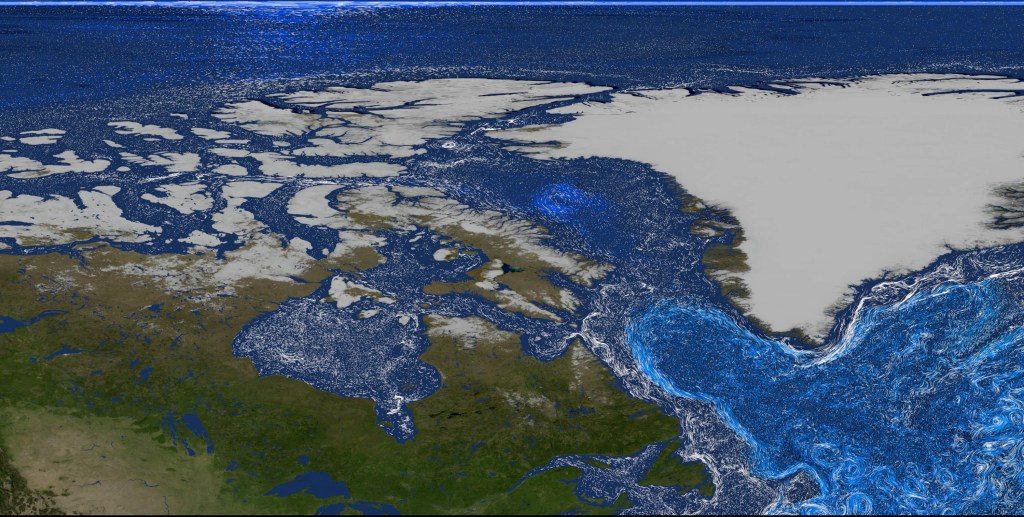
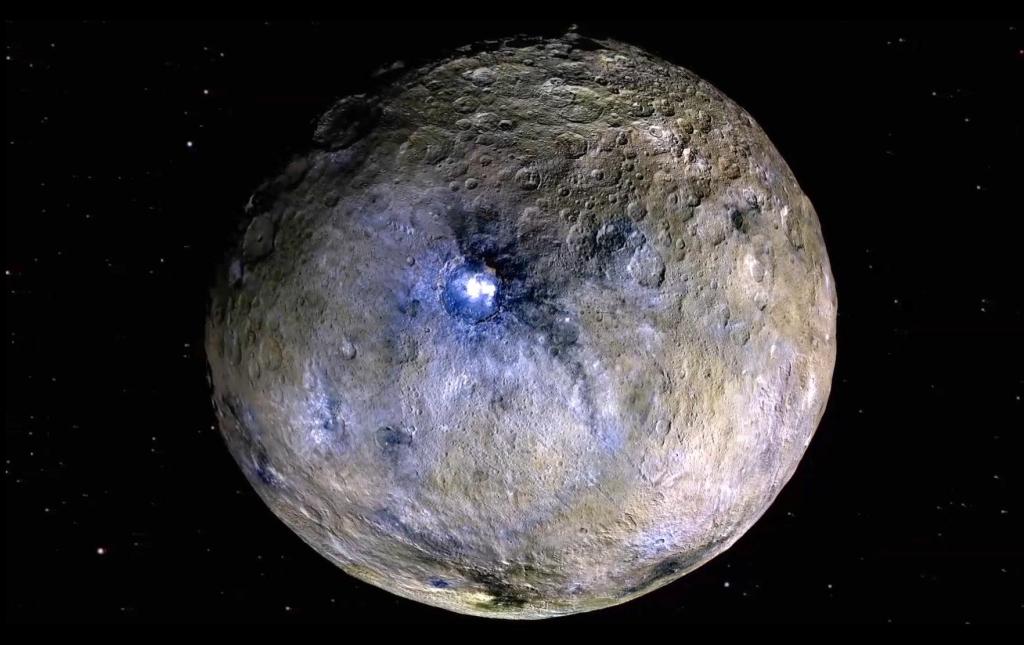
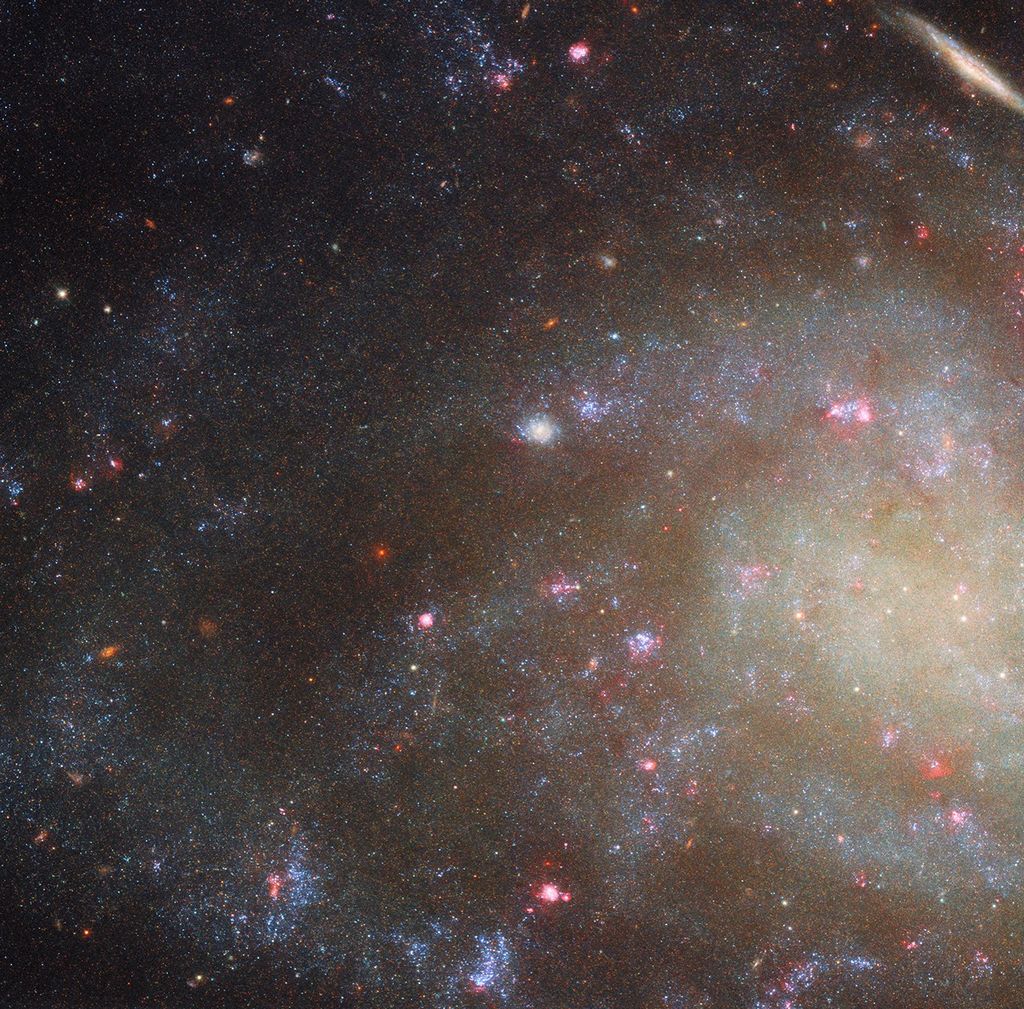

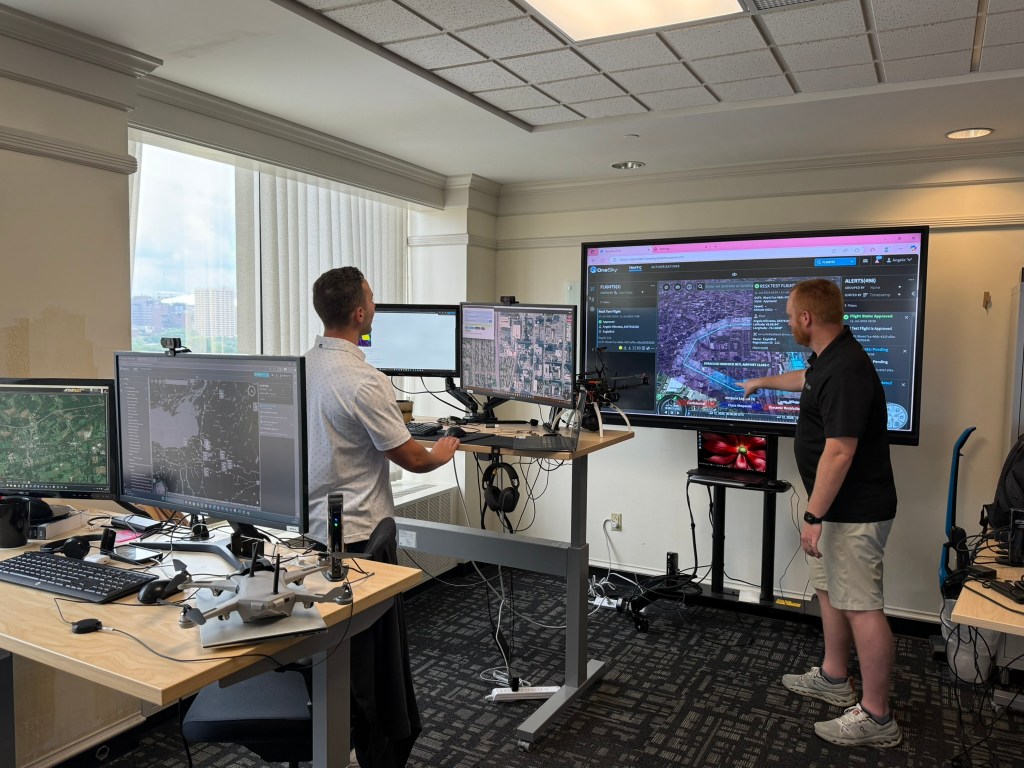






-Carolyn_Y._Ng.jpeg?w=1024)
